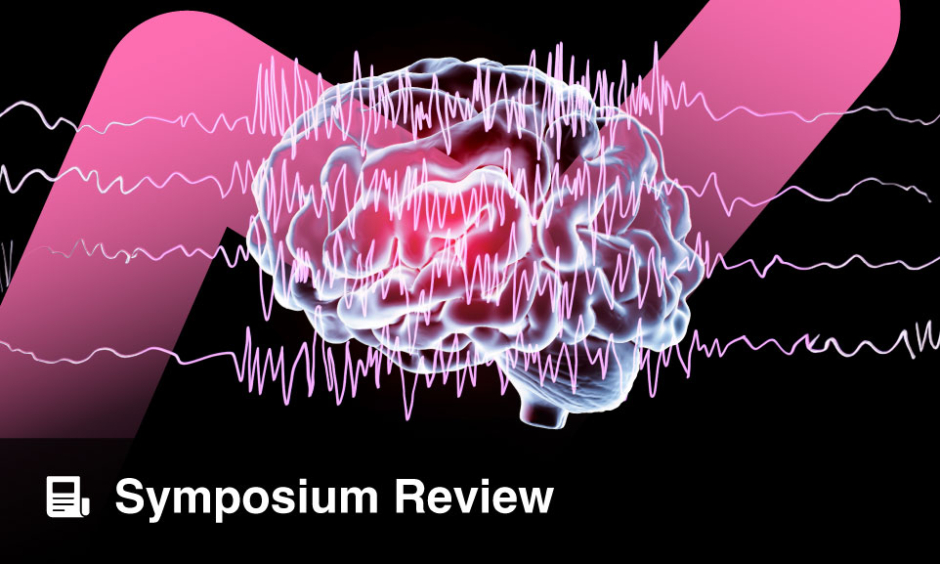A NEW analysis from the STARSHIP study offers significant insights into the management of cerebral perfusion pressure (CPP) in pediatric traumatic brain injury (TBI). The study compared the current fixed CPP targets to dynamic autoregulation-based targets and found that the latter may offer better outcomes in this vulnerable patient group.
The standard CPP target for pediatric TBI management has traditionally been set within a fixed range of 40-50 mmHg. However, these guidelines do not account for variations in patient age or cerebrovascular autoregulation. In this study, the researchers assessed the optimal CPP (CPPopt) and the lower limit of autoregulation (LLA) through continuous monitoring of the pressure reactivity index across 135 children enrolled in the STARSHIP study. The children, ranging in age from 0 to 152 months, were monitored across 10 pediatric intensive care units in the UK between July 2018 and March 2023.
The analysis revealed that the time spent below LLA, especially when measured dynamically, was associated with worse outcomes. Specifically, both the hourly dose and the percentage of time spent below LLA were independently linked to poorer outcomes. LLA exceeded 50 mmHg for more than 45% of the monitoring period across all patients, with even higher percentages seen in younger cohorts.
In patients with an unfavorable outcome, LLA values increased over time, suggesting that dynamic autoregulation monitoring might offer a more tailored approach to managing pediatric TBI. This contrasts with the current practice of using a fixed CPP threshold. The findings point to the potential need for revising CPP management strategies, with autoregulation-informed thresholds possibly offering an advantage over fixed values.
This study underscores the importance of personalized treatment plans for pediatric TBI, but further investigation is required to determine if these autoregulation-based targets offer superior clinical outcomes in prospective interventional trials.
Reference:
Smith C A et al. Dynamic versus fixed cerebral perfusion pressure targets in paediatric traumatic brain injury: a STARSHIP analysis. EClinicalMedicine. 2025;86:103370.







